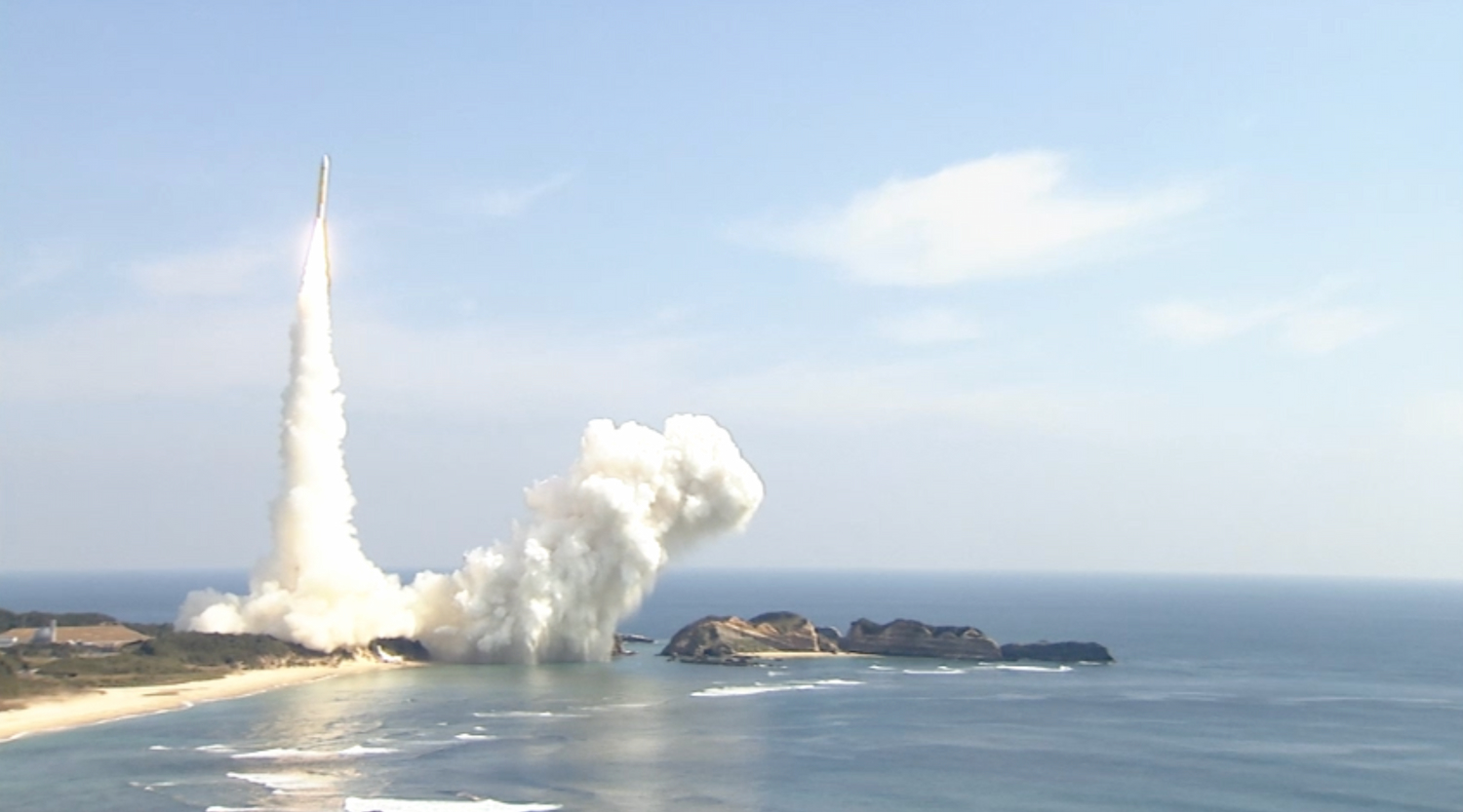
I’ve came across some new details about JAXA’s H3 launch Monday that might change how we look at its failure. We mentioned that inside its payload fairing was the Advanced Land Observing Satellite 3 (ALOS 3), and it turns out that was not a cheap satellite.
To recap, Monday evening JAXA conducted its first launch of the brand-new H3 rocket. Designed to compete with the growing commercial space industry, it is supposed to be more cost-effective and cheaper for customers. Unfortunately, while the brand-new first stage and solid rocket boosters performed as expected, the experienced second stage failed to ignite.
A very costly payload loss
While in my article detailing the failure, I stated it was a significant first step in getting H3 operational, I did not discuss the loss of the payload. It turns out that payload was valued at about $280 million USD and was the replacement for ALOS 1, which had a power failure in 2011. This was a change from the norm when other inaugural launches out of Japan flew only experimental or dummy payloads.
To put some context about the price of ALOS 3, $280 million is about the same price as NASA Discovery-class missions like Pathfinder, Lucy, and the Lunar Reconnaissance Orbiter. While not the most expensive for NASA, they are the most funded space agency in the world, so for the much smaller JAXA, it hurts a lot more. Not to say it wouldn’t hurt here too; $280 million is nothing to scoff at.
Putting this size payload on the first-ever launch was a bold move. A move many in Japan woke up to yesterday being criticized on the front pages of newspapers and by former astronauts. Shout out to Cosmic Penguin on Twitter, who is much more in tune with the Asian space sector than I am and had a great thread on the launch.
Japan Ministry of Defense also had skin in the game
ALOS 3 would have provided a 0.8 m resolution image of the land with an image width of 70 km. A crazy feat of engineering compared to other options out there currently. However, the Japanese Ministry of Defense had an infrared sensor on the satellite to test out building the nation’s own early warning satellites. A big loss to the nation situated near one of the world’s most contested regions.
We aren’t sure what the reason was for placing such an important payload on the H3’s first launch. Other than they believed the H3 was already highly reliable. Japan’s Ministry of Education, Culture, Sports, Science and Technology is setting up a task force to look into the failure.
There will be a lot of pressure on JAXA in the coming months as the H3’s manifest is full of hopeful missions that now have to wait to launch or look elsewhere.
FTC: We use income earning auto affiliate links. More.

Comments